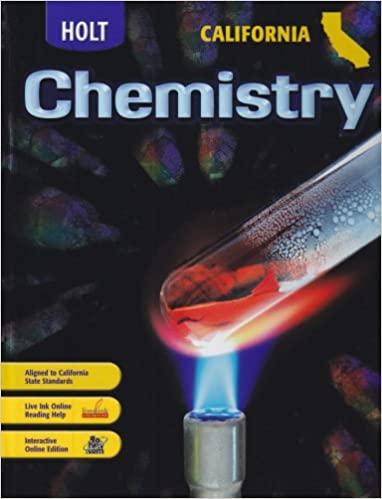Question
A helium ion (He + ) is like a hydrogen atom in that both species have one electron. One key difference is that He +
A helium ion (He+) is like a hydrogen atom in that both species have one electron. One key difference is that He+has 2 protons (and usually 2 neutrons), whereas H has only 1 proton (and usually 0 neutrons). Consider two helium ions. One ion undergoes a transition from n=3 to n=1 in one jump. The second ion undergoes a transition from n=3 to n=2, followed by a second transition from n=2 to n=1. Are the following statements True or False? (it may be helpful to draw an energy level diagram like that found in Figure 4)?
True or False? The sum of energies lost in the two-step process is the same as the energy lost in the single transition from n=3 to n=1.
True or False? The sum of wavelengths emitted in the two-step process is the same as the wavelength emitted in the single transition from n=3 to n=1.
True or False? The wavelength of light emitted by the He+ ion in the n=3 to n=1 transition is shorter than the wavelength of a photon emitted by a H atom in an n=3 to n=1 transition.
Of the metal ions tested, sodium produces the brightest and most persistent color in the flame.
Do you think potassium could be detected visually (with your eyes) in the presence of sodium by burning a Na/K mixture in a flame? Why or why not?
Would you be able to detect both elements in a mixture if you measured the emission with a spectrometer? Why or why not? Think about what a spectrometer does. Do you think it can distinguish two different colors at the same time?
Step by Step Solution
There are 3 Steps involved in it
Step: 1

Get Instant Access to Expert-Tailored Solutions
See step-by-step solutions with expert insights and AI powered tools for academic success
Step: 2

Step: 3

Ace Your Homework with AI
Get the answers you need in no time with our AI-driven, step-by-step assistance
Get Started


